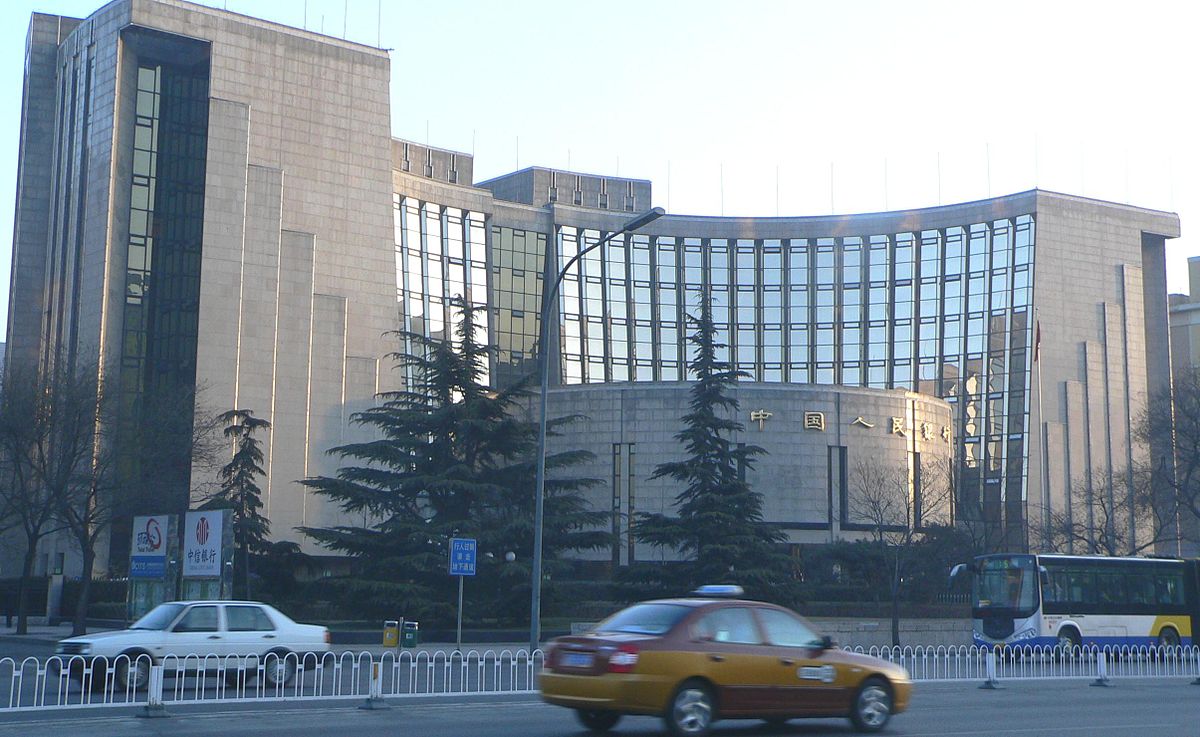Corporate debt in China has soared to $18 trillion, or 169% of the gross domestic product, the largest pile of corporate debt in the world, according to the Bank for International Settlements. The OECD warned about it earlier this year. The New York Fed warned about this debt boom in February and that it could lead to a “financial crisis”, but that authorities have many tools to control it.
The IMF regularly warns about China’s corporate debt, broken-record-like, and did so again a few days ago, lambasting the authorities for their reluctance to tamp down on the growth of debt. The “current trajectory”, it said, “could eventually lead to a sharp adjustment", Business Insider reported.
The Chinese authorities—the government and the central bank, supported by the state-owned megabanks—have allowed some bonds to default, rather than bail them out, to make some kind of theoretical point, and they have been working furiously on a balancing act, tamping down on the credit growth that fuels the economy and simultaneously stimulating the economy with more credit to keep the debt bubble from imploding. A misstep could create a global mess.
“Everyone knows there’s a credit problem in China, but I find that people often forget about the scale; it’s important in global terms,” Charlene Chu told the Financial Times. Back in 2011, when she was still a China banking analyst at Fitch Ratings, she went out on a limb with her radical estimates that there was much more debt than disclosed by the central bank, particularly in the shadow banking system, that banks were concealing risky loans in off-balance-sheet vehicles, and that this soaring opaque debt could have nasty consequences. Her outlandish views at the time have since then become the consensus.
And this pile of debt is in much worse shape than officially acknowledged, she says in her latest report, cited by the FT. She’s now with Autonomous Research. She figured that by the end of 2017, bad debt in China could hit 51 trillion yuan, or $7.6 trillion.
Or about 68% of GDP! It would take the bad-debt ratio to an astronomical 34% of all loans, and way above the 5.3% that the authorities are proffering.
And the authorities—the government, the central bank, supported by the state-owned banks—are now pulling all levers to keep this under control.
Superficial Appearance
“What I’ve gotten a greater appreciation for is how everything is so orchestrated by the authorities,” she said. “The upside is that it creates stability. The downside is that it can create a problem of proportions that people would think is never possible. We’re moving into that territory.”
By orchestrating this superficial appearance of stability of the bad-debt problem, the authorities have over the years allowed and encouraged this problem to get much worse.
Chu’s methodology, as the FT pointed out, is not without critics:
In particular, her estimate of Rmb51 trillion in bad debt is based on average credit losses across 11 other economies that previously experienced rapid debt increases comparable to China, including Japan in 1985-97 and the US in 2000-07.
But Chen Long, China economist at Gavekal Dragonomics in Beijing, said this methodology implicitly assumes that an economic crash will eventually occur in China. But if that economic crash doesn’t occur, and if the economy continues to grow, credit will perform better, and loans won’t go bad to that extent, he argues.
The government understands this too. Hence the mantra that growth must be maintained no matter what the costs. But since that growth is debt-fueled, and since it is now taking more and more debt to obtain diminishing growth rates, the math gets a little tricky.
So an acute crisis does not appear imminent, Chu told the FT. The authorities control the state-owned megabanks and can tell them to lend more even to zombie companies, many of them state-owned, to refinance nonperforming debts, to lend to smaller banks that rely on interbank funding, and to support the debt bubble in other ways. This keeps the money flowing. It has kept a credit crisis from toppling the system. And as long as the megabanks have the total support of the authorities, they won’t topple either.


